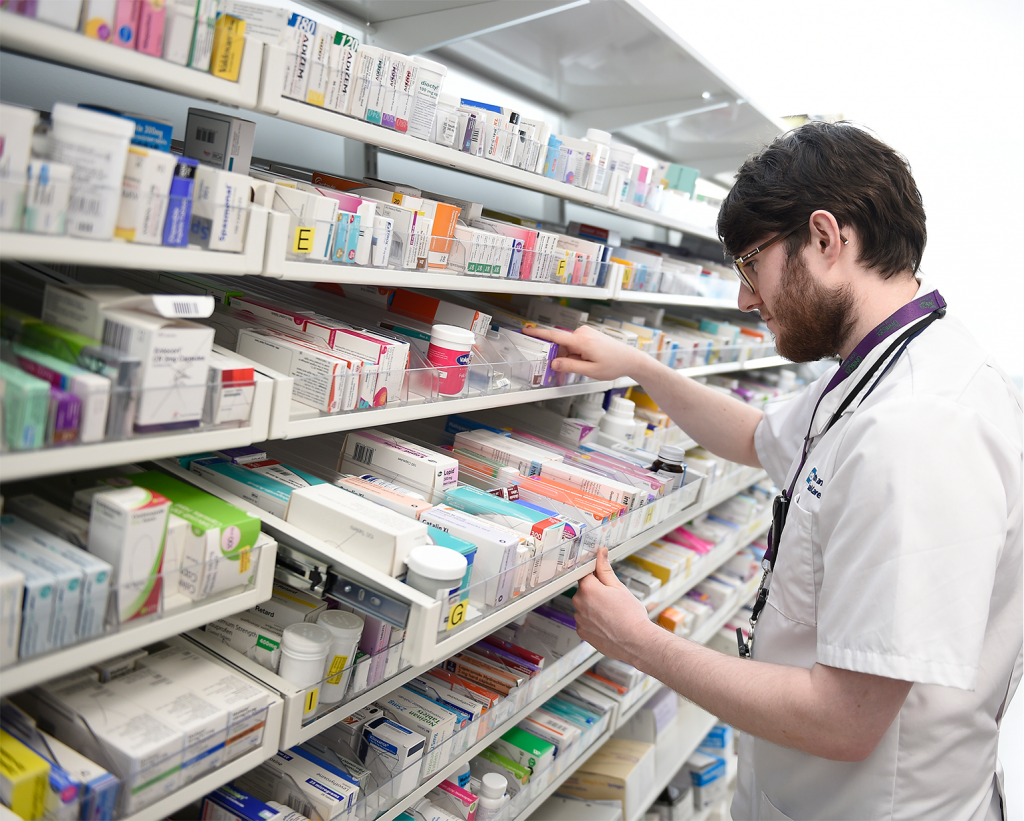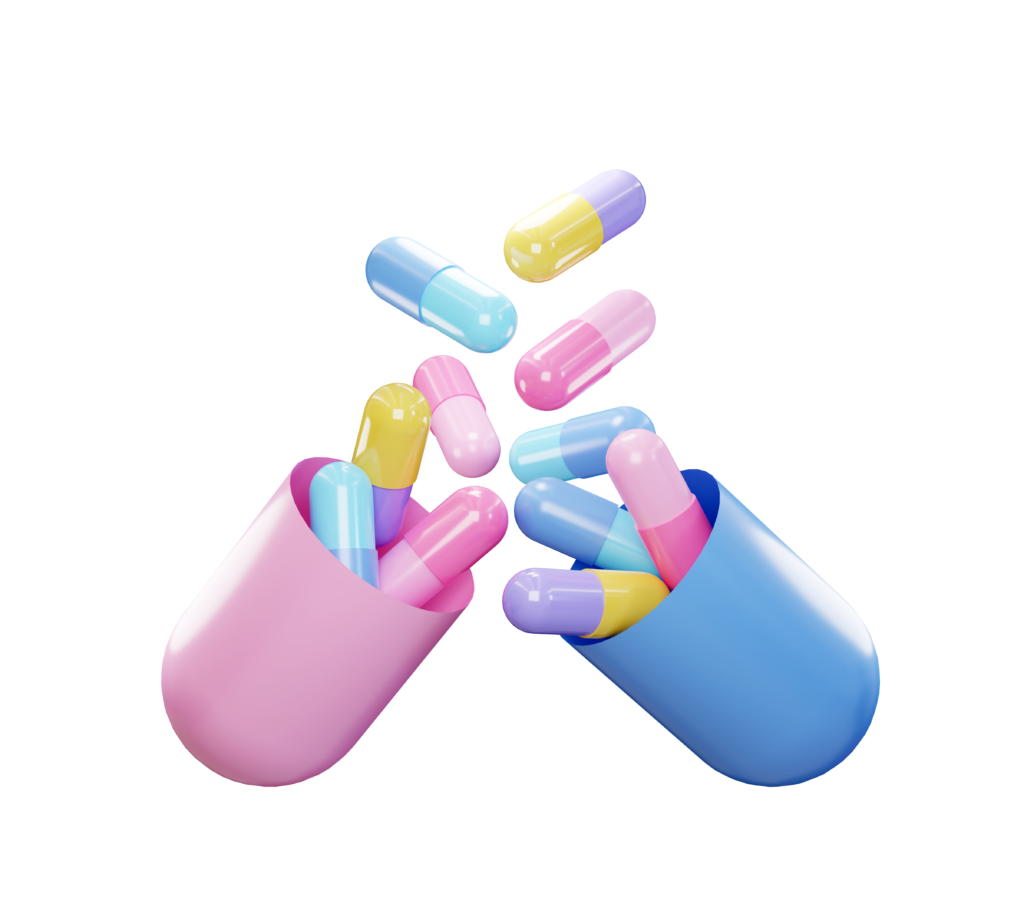Overview
India is making significant strides in its ambition to become the “pharmacy of the world.” Through targeted policies, strategic collaborations, and an expanding domestic market, the country is solidifying its position as a global leader in pharmaceuticals and medical devices.
But while the momentum is strong, the road ahead isn’t without its challenges. How sustainable is this growth? And what must Indian pharmaceutical companies do to stay competitive in an evolving global market?

A Thriving Domestic Market
India’s domestic pharmaceutical market is set to grow from $54.6 billion in 2023 to $64 billion in 2024. Several factors are driving this surge:
A Rising Middle Class: With 41% of India’s 1.4 billion citizens now classified as middle class, higher disposable incomes have made medicines more accessible.
Health Insurance Expansion: More Indians are covered by insurance, further fueling demand.
Epidemiological Shifts: Non-communicable diseases, particularly cardiovascular conditions, have emerged as the leading cause of death (28.1% of total deaths), increasing demand for specialized medications.
To meet these new demands, the Indian government has introduced the National Pharmaceutical Policy (NPP), which aims to make medicines more affordable and accessible. A key focus of this policy is reducing dependence on Active Pharmaceutical Ingredients (APIs) from China, which currently account for 70% of India’s imports. By increasing local production, India is enhancing its pharmaceutical security while also strengthening its position in the global supply chain.
Foreign Investments and Global Collaborations
To move beyond generics and foster innovation, India has liberalized Foreign Direct Investment (FDI) policies. This has led to strategic collaborations between Indian and international pharmaceutical firms.
A strong example is Sun Pharma’s partnership with Merck Sharp & Dohme (MSD) to commercialize the drug tildrakizumab globally. Such alliances enable Indian companies to access advanced technologies, global markets, and research expertise while offering multinational corporations cost-effective manufacturing capabilities and a highly skilled workforce.
Additionally, India is expanding its role in the global medical devices market. The Production Linked Incentive (PLI) scheme, with a financial outlay of $400 million, aims to boost domestic production of high-value medical devices, such as:
Cancer care equipment
Radiology and imaging devices
Anesthetics and implants
The goal? To increase India’s share in the global medical devices market from 1.5% to 12% by 2030.

India’s Rising Dominance in Global Pharma Trade
India is already a major player in global pharmaceuticals:
40% of generic drugs in the U.S. come from India.
25% of medicines in the UK are Indian-manufactured.
60% of the world’s vaccine demand is fulfilled by India.
Over 650 U.S. FDA-approved plant sites—the highest outside the U.S.—enable India to lead in clinical trials and drug development.
This export strength is only growing. In 2024, India’s drug and pharmaceutical exports reached $2.31 billion, up from $2.13 billion in 2023. Pharmaceuticals and MedTech devices are now India’s fourth-largest merchandise export category.
Government Reforms: Strengthening Competitiveness
To attract more investment and enhance innovation, India has introduced several business-friendly policies:
Corporate tax reduced to 22% for existing companies and 15% for new manufacturing firms.
Concessional tax rate of 10% on income from patents developed and registered in India.
Stronger intellectual property (IP) protections to encourage R&D.
India’s ambition extends beyond commercial success. In September 2024, India joined the Quad Cancer Moonshot Initiative alongside Japan, the U.S., and Australia. This collaboration aims to position India as the pharmaceutical R&D hub for cancer care in the Indo-Pacific region.
Challenges on the Horizon
Despite its impressive progress, India’s pharmaceutical industry faces critical challenges:
Ensuring consistent quality standards across a rapidly expanding market.
Counterfeit drug issues that threaten credibility and public health.
Price controls that, while increasing affordability, may impact profitability and investment in R&D.
Regulatory compliance hurdles, especially for companies looking to expand globally.
While India aims to become the world’s largest pharmaceutical market by volume and one of the top five pharma sectors by value, achieving this requires more than just scale—it demands innovation, quality assurance, and strong regulatory frameworks.
The Road Ahead
With a strong foundation in generic drug manufacturing, growing Contract Research and Manufacturing Services (CRAMS), and increasing focus on innovation, India is well-positioned to achieve its pharmaceutical ambitions.
The question is: How can Indian pharmaceutical companies balance affordability with innovation while maintaining high global standards?
What strategies do you think will be most effective in helping India sustain its pharmaceutical dominance? Share your insights in the comments.




